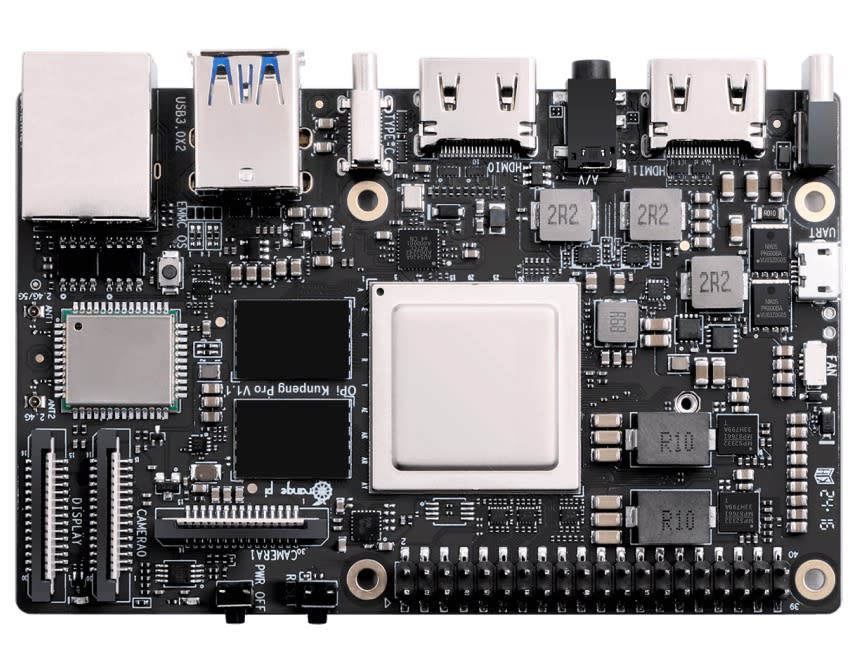Multiple Arm vendors are making chips for desktop PCs — Arm exec says Qualcomm Snapdragon won't be the only game in town

One reason Microsoft's Windows and IBM-developed PC architectures are so pervasive now is that both were open for third parties to innovate. For some time, x86 processors have dominated the Windows PC space. It will change as Qualcomm launches its Snapdragon X Elite processors for Windows PCs in the coming months. Furthermore, Qualcomm will not be alone, according to Arm's chief executive.
"For the PC industry to grow, particularly the Windows on Arm segment, is going to be a diversification of the supplier base to provide multiple units, multiple SKUs, multiple price points, and multiple experiences for end consumers," said Rene Haas, chief executive of Arm, in a conference call with financial analysts (via SeekingAlpha).
Rene's claim could be attributed to Asus's upcoming launch of Qualcomm's Snapdragon X Elite processors, but neither Asus nor Qualcomm will be alone in offering Arm-based computers. Asus and Qualcomm are aiming at the premium market, and the VivoBook is certainly where both companies want it to be for now.
From Arm's point of view, it does not matter where its architecture lands, what matters is expansion of the ISA into the PC space.
"Everything I'm hearing says that there are going to be multiple suppliers to serve that market over the next 12 to 36 months," he said.
There could be other points.
"And with that, we think now will be the time, over the next two, three years, where the ARM ecosystem will take a significant level of market share, primarily because of the level of experience that we've seen in the other ecosystem, the fantastic performance, the great battery life, the fact that you can build a high-performance machine minus a fan," said Haas. I think all those things are going to add up for significant growth. So I think once the vendor base diversifies, I think we're going to see that growth start to kick in over the next 12 to 36 months"

